Are you diving into the world of online business and feeling a bit overwhelmed by the terms being tossed around? If you’ve stumbled upon “WordPress” and “WooCommerce,” you’re not alone! Many budding entrepreneurs find themselves scratching their heads, wondering what sets thes two apart. while both play crucial roles in the realm of e-commerce, they serve distinct purposes that can dramatically impact your website’s success. In this article, we’ll break down the differences between WordPress and WooCommerce in a straightforward, relatable way. Whether you’re just starting your online journey or looking too enhance your existing site, understanding these two platforms is key to unlocking your full potential. So, let’s unravel the mystery together and set you on the path to creating a thriving online store!
Understanding the Basics of WordPress and WooCommerce
When exploring the world of online business, it’s essential to understand the foundational elements of your platform. WordPress and WooCommerce are two pivotal tools that often go hand in hand, but they serve distinctly different purposes. Let’s break down their functionalities and how they complement each other.
WordPress is a content management system (CMS) that allows you to create and manage a website with ease. It’s highly customizable, making it perfect for various types of websites, from blogs to portfolios to corporate sites. the key features that define WordPress include:
- User-Friendly interface: Even if you’re not tech-savvy, you can navigate WordPress with ease.
- Extensive Plugin Library: Enhance functionality with thousands of plugins available for different needs.
- Themes and Customization: Choose from countless themes to create a unique look for your site.
Conversely,WooCommerce is a robust plugin designed specifically for WordPress that transforms a standard website into a fully functional online store. It builds upon the WordPress framework, offering e-commerce capabilities. Some standout features of WooCommerce include:
- Product Management: Easily add, edit, and manage products with a user-friendly interface.
- payment Gateway Integration: Supports various payment methods, making transactions seamless for customers.
- Order Management: Keep track of orders,refunds,and customer interactions efficiently.
To illustrate the relationship between WordPress and WooCommerce, consider the following table that summarizes the key differences:
| Feature | WordPress | WooCommerce |
|---|---|---|
| Type | Content Management System | E-commerce Plugin |
| Purpose | Create and manage websites | Facilitate online shopping |
| Customization | Themes and plugins | Product types and payment options |
| User Base | Bloggers, businesses, etc. | Online retailers |
while WordPress serves as the foundation for your website, WooCommerce builds upon that foundation to create an e-commerce powerhouse. If your goal is to sell products online, understanding how these two platforms work together will empower you to create a successful online presence.
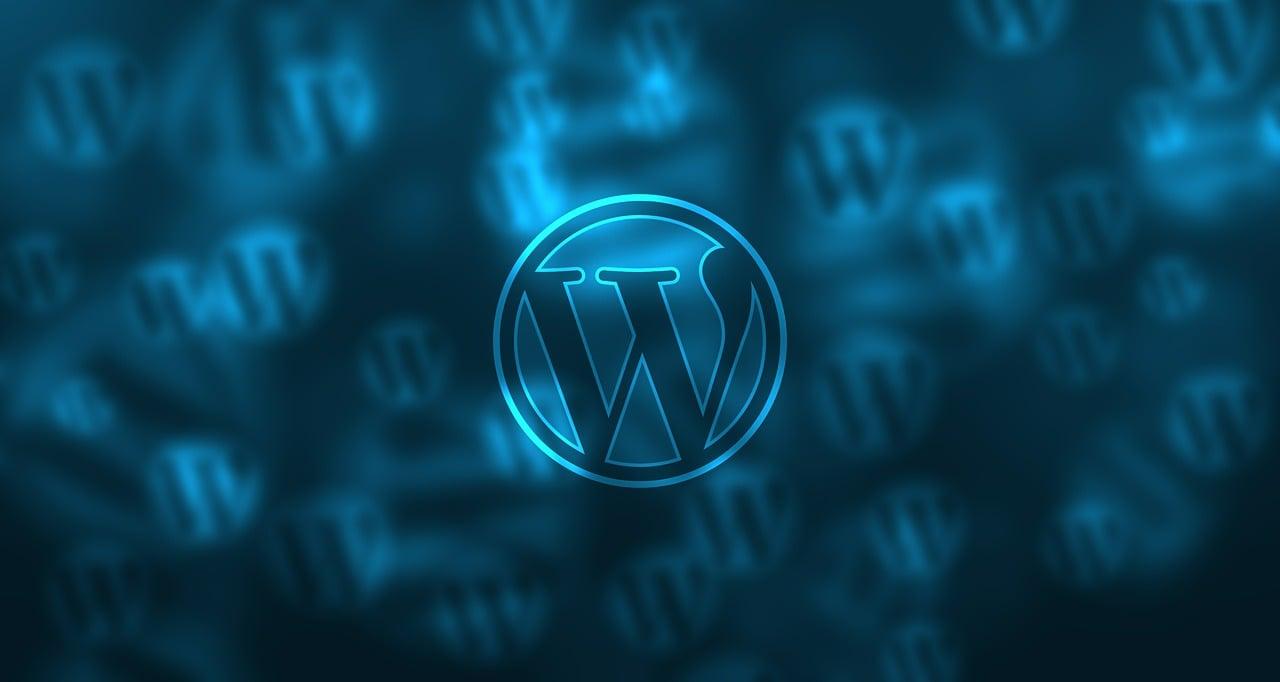
Exploring the Core Functions of WordPress
When diving into the intricacies of WordPress, it’s essential to understand its core functions that set it apart as a leading content management system (CMS).At its heart, WordPress excels in creating, managing, and publishing content seamlessly. Whether you’re a blogger sharing your thoughts or a business showcasing your services, WordPress offers a versatile platform for all.
One of the standout features is its user-friendly interface. Even those with minimal technical know-how can navigate the dashboard effortlessly. this accessibility is crucial for anyone looking to establish an online presence without getting bogged down in complex coding.Users can easily create pages,blog posts,and multimedia content with just a few clicks,making it ideal for both novices and seasoned developers.
Another key function is the customizability of WordPress through themes and plugins. With thousands of free and premium themes available, users can transform the look and feel of their site in no time.Plugins,conversely,extend functionality—adding features like SEO optimization,social media integration,and even e-commerce capabilities. This flexibility allows users to tailor their websites to meet specific needs, ensuring that each site can have its own unique identity.
Security is a major concern for any website owner, and WordPress addresses this with robust security features and regular updates. The platform actively combats vulnerabilities, providing users with a secure surroundings to manage their content. Additionally, users can enhance security further by leveraging various plugins that offer advanced protection measures.
| Core Function | Description |
|---|---|
| Content Creation | Easy tools for publishing blog posts, articles, and multimedia. |
| Themes | Customizable designs to give your site a unique look. |
| Plugins | Extend functionality with tools for SEO, security, and more. |
| Community Support | Vast forums and documentation available for troubleshooting. |
Moreover, the community support surrounding WordPress is unparalleled. With an active user base and countless forums, finding help or resources is just a search away. Whether you’re looking for tutorials,troubleshooting advice,or inspiration,the community is always willing to lend a hand. This sense of camaraderie fosters an environment where users can grow together and share their experiences.
In essence, the core functions of WordPress make it a powerful tool for anyone looking to create an online platform. From its user-friendly interface to its robust security measures and extensive customization options, it offers everything you need to establish and maintain a successful website. Embracing these features can empower users to unlock their creativity and propel their digital footprint to new heights.
Diving into the Unique Features of WooCommerce
WooCommerce is not just a plugin; it’s a comprehensive e-commerce solution that turns your standard WordPress site into a fully-functional online store. One of its most remarkable features is its flexibility. Whether you’re selling physical products,digital downloads,or services,woocommerce adapts seamlessly to meet your needs. This adaptability makes it an exceptional choice for both small businesses and large enterprises alike.
Another standout aspect is the robust customization options.With a wealth of themes and extensions available, you can tailor your store’s appearance and functionality to align perfectly with your brand. As a notable example, you can choose from hundreds of pre-designed templates or create your own through custom CSS. Additionally, WooCommerce allows you to incorporate various payment gateways, from PayPal to Stripe, providing a smooth checkout experience for your customers.
Inventory management is a breeze with WooCommerce.The platform offers built-in tools that allow you to track stock levels, manage backorders, and categorize products efficiently. This means you can focus on growing your business rather than worrying about whether you have enough products in stock.Plus, you can set up automatic notifications for low stock levels, ensuring you never miss a sale due to inventory issues.
| Feature | Description |
|---|---|
| Flexible Product Types | Sell physical, digital, or variable products with ease. |
| Payment Gateway Options | Integrate multiple payment options for customer convenience. |
| Shipping management | Customizable shipping options and real-time rate calculations. |
| SEO Friendly | Optimized for search engines to help attract new customers. |
Moreover, WooCommerce seamlessly integrates with WordPress’s built-in SEO capabilities. This synergy allows you to improve your online visibility, helping to attract traffic to your store. With tools like Yoast SEO, you can optimize your product pages easily, making it simpler for potential customers to find your offerings through search engines.
lastly, the community support surrounding WooCommerce is unparalleled. With an active community of developers and users, you can access countless resources, including forums, documentation, and tutorials. This wealth of facts ensures that even if you encounter challenges,help is just a few clicks away,making it an indispensable asset for anyone looking to dive into e-commerce.
How WordPress and WooCommerce Work together
When it comes to building a successful online store, the synergy between WordPress and WooCommerce is unparalleled. WordPress serves as the foundation, offering an intuitive content management system that empowers users to create and manage a wide variety of content.WooCommerce, on the other hand, transforms that content into a fully-fledged online shopping experience, complete with robust e-commerce functionalities.
One of the standout features of WooCommerce is its seamless integration with WordPress.this means that once you’ve installed WooCommerce on your WordPress site, you can effortlessly add product pages alongside your blog posts and other content. This capability allows you to:
- Engage Customers: Use compelling blog posts to drive traffic to your store.
- Enhance SEO: Optimize your product pages and blog content for better search engine rankings.
- Create Community: Foster customer loyalty through informative content and engaging discussions.
Furthermore,managing your store through WooCommerce is as user-friendly as editing a blog post. The platform allows you to add products, manage inventory, process orders, and handle payments all from the same dashboard you use for WordPress. This unified interface simplifies the e-commerce process and saves valuable time.
Another notable advantage of using WooCommerce with WordPress is the level of customization available. With thousands of WordPress themes and plugins,you can tailor your online store to match your brand’s identity. Some popular features include:
- Customizable product Pages: Showcase products with detailed descriptions, images, and videos.
- Flexible Payment Options: Integrate various payment gateways to cater to your customers’ preferences.
- Shipping Management: Set different shipping methods and rates based on customer locations.
To further illustrate the benefits, consider the following comparison of core functionalities:
| Feature | WordPress | WooCommerce |
|---|---|---|
| Content Management | Excellent for blogs and static pages | Product management with advanced options |
| Customization | Themes and plugins available | Enhanced by themes specifically for e-commerce |
| SEO Optimization | Robust SEO capabilities | Product and category SEO options |
| User Experience | Intuitive interface for content creators | Streamlined shopping experience for customers |
when WordPress and WooCommerce come together, they create a powerful e-commerce platform that is both user-friendly and highly customizable. Whether you’re just starting or looking to expand an existing online business, the combination of these two tools will give you the flexibility and functionality you need to succeed.
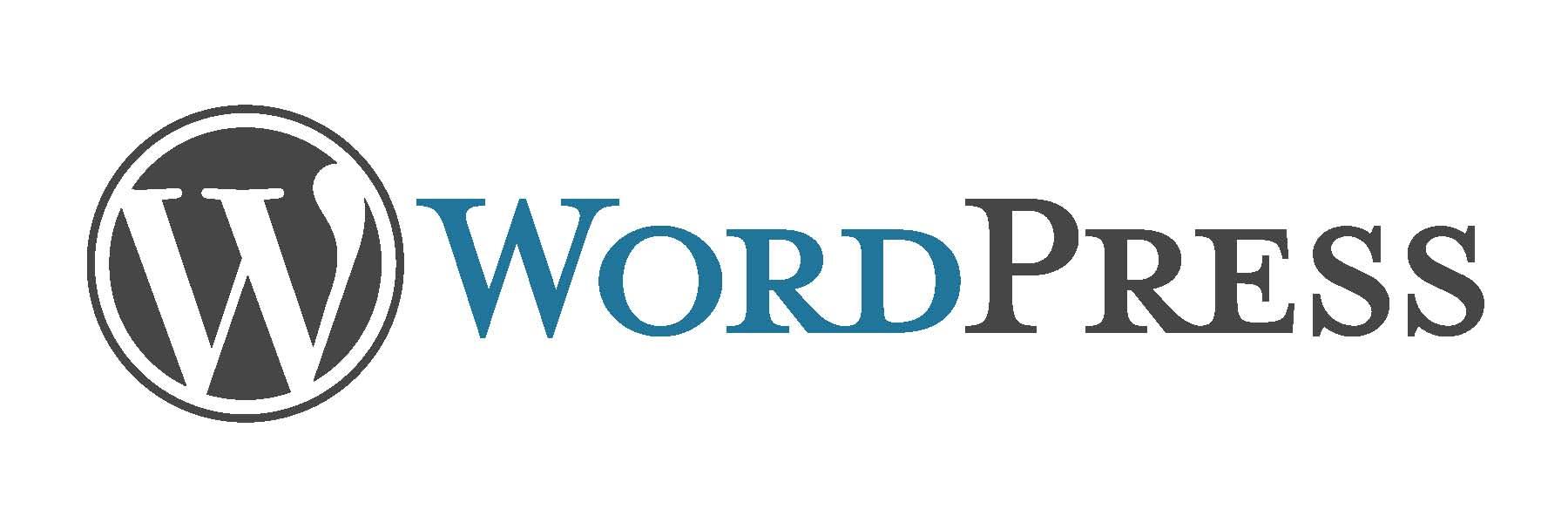
Identifying the Best Use Cases for WordPress
When deciding whether to utilize WordPress, it’s essential to consider the diverse scenarios in which it excels. Here are several compelling use cases where WordPress truly shines:
- Blogging and Content Creation: WordPress started as a blogging platform, making it a premier choice for bloggers looking for ease of use and flexibility. Its user-friendly editor and extensive plugin options make publishing posts a breeze.
- Business Websites: Small and medium-sized enterprises can benefit from WordPress’s customizable themes, allowing them to create a professional online presence that resonates with their brand identity.
- E-commerce Solutions: When paired with WooCommerce, WordPress transforms into a robust e-commerce platform. Whether you’re selling physical products, digital downloads, or services, WordPress + WooCommerce can handle it all.
- Portfolio sites: Artists, photographers, and designers can showcase their work beautifully using WordPress’s visually appealing themes and gallery plugins, enabling them to create an engaging portfolio.
- Membership and Subscription Sites: WordPress can facilitate membership-based sites, allowing users to manage subscriptions and premium content efficiently, thanks to plugins like MemberPress and Restrict content Pro.
To help illustrate the capabilities of WordPress,consider the following table that compares typical uses and the associated plugins or themes that enhance their functionality:
| Use Case | Recommended Themes/Plugins |
|---|---|
| blogging | Yoast SEO,gutenberg |
| Business Websites | Divi,Elementor |
| E-commerce | WooCommerce,WP EasyCart |
| portfolio | Oshine,Envira Gallery |
| Membership | MemberPress,BuddyPress |
Moreover,the versatility of WordPress allows for seamless integration with various third-party tools and social media platforms,enhancing its functionality and reach. Whether you need SEO optimization, analytics tracking, or social sharing features, there’s likely a plugin designed specifically for your needs.
Ultimately, involves understanding your unique goals and how the platform can align with them. With countless themes, plugins, and a supportive community, WordPress remains a powerful contender for anyone looking to establish an effective online presence.
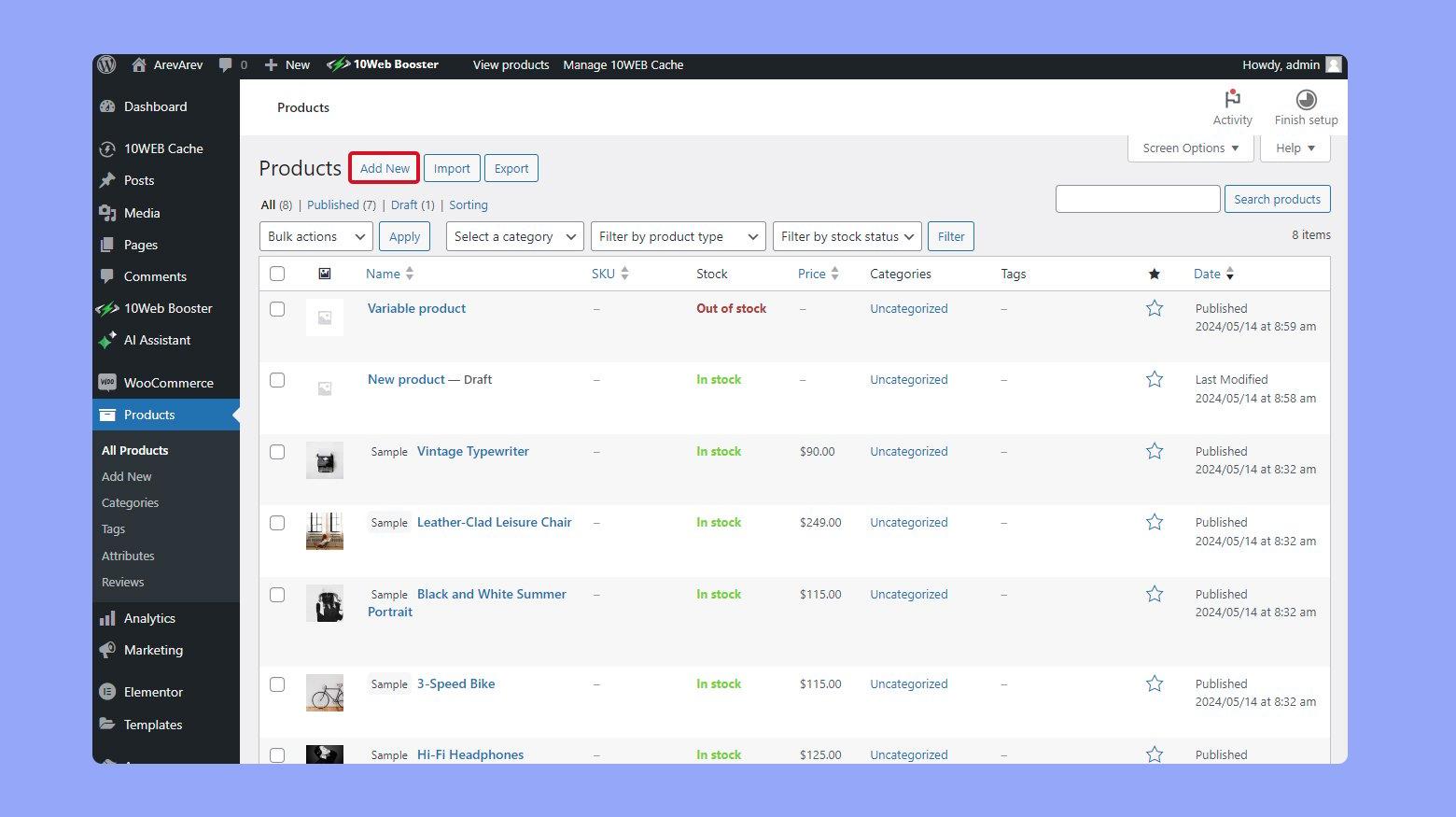
When Should You Choose WooCommerce Over wordpress
Choosing between WooCommerce and WordPress can be a pivotal decision for anyone looking to establish an online presence, particularly if e-commerce is a significant part of your strategy. Understanding when to opt for WooCommerce is crucial and can make a substantial difference in your website’s functionality and user experience.
If your primary goal is to set up an online store, then WooCommerce is the clear winner. Unlike standard WordPress, which is primarily a content management system (CMS), WooCommerce is specifically designed to handle e-commerce functionalities. Here are some scenarios where WooCommerce shines:
- Product Listings: If you need to manage multiple products, WooCommerce offers robust features for listing, categorizing, and showcasing your goods.
- Payment Gateways: WooCommerce supports a wide range of payment options, making it easier for customers to complete transactions.
- Shipping Options: with built-in shipping calculations, WooCommerce simplifies logistics for your online store.
- Inventory Management: Track stock levels and manage inventory directly from your dashboard.
Another compelling reason to choose WooCommerce is if your business model revolves around e-commerce sales rather than content publishing. For instance, if you’re running a digital download business, a subscription service, or a traditional retail store, WooCommerce will provide the tailored tools necessary to optimize your sales process.
furthermore,if your vision includes future growth and scalability,WooCommerce is built to adapt and expand. It offers a wide array of plugins and extensions specifically designed for e-commerce, allowing you to enhance your store with features like membership systems, affiliate marketing, and advanced analytics.
| feature | WordPress | WooCommerce |
|---|---|---|
| Best For | Blogging & Content | E-Commerce |
| Customization | High | Very High |
| Transaction Fees | N/A | Variable (depends on payment processors) |
| scalability | Moderate | High |
if your aspirations include creating a full-fledged online store with comprehensive e-commerce capabilities, choosing WooCommerce will be your best bet. Its tailored features cater specifically to the unique challenges of selling online, providing an effective platform for both novice and seasoned entrepreneurs.
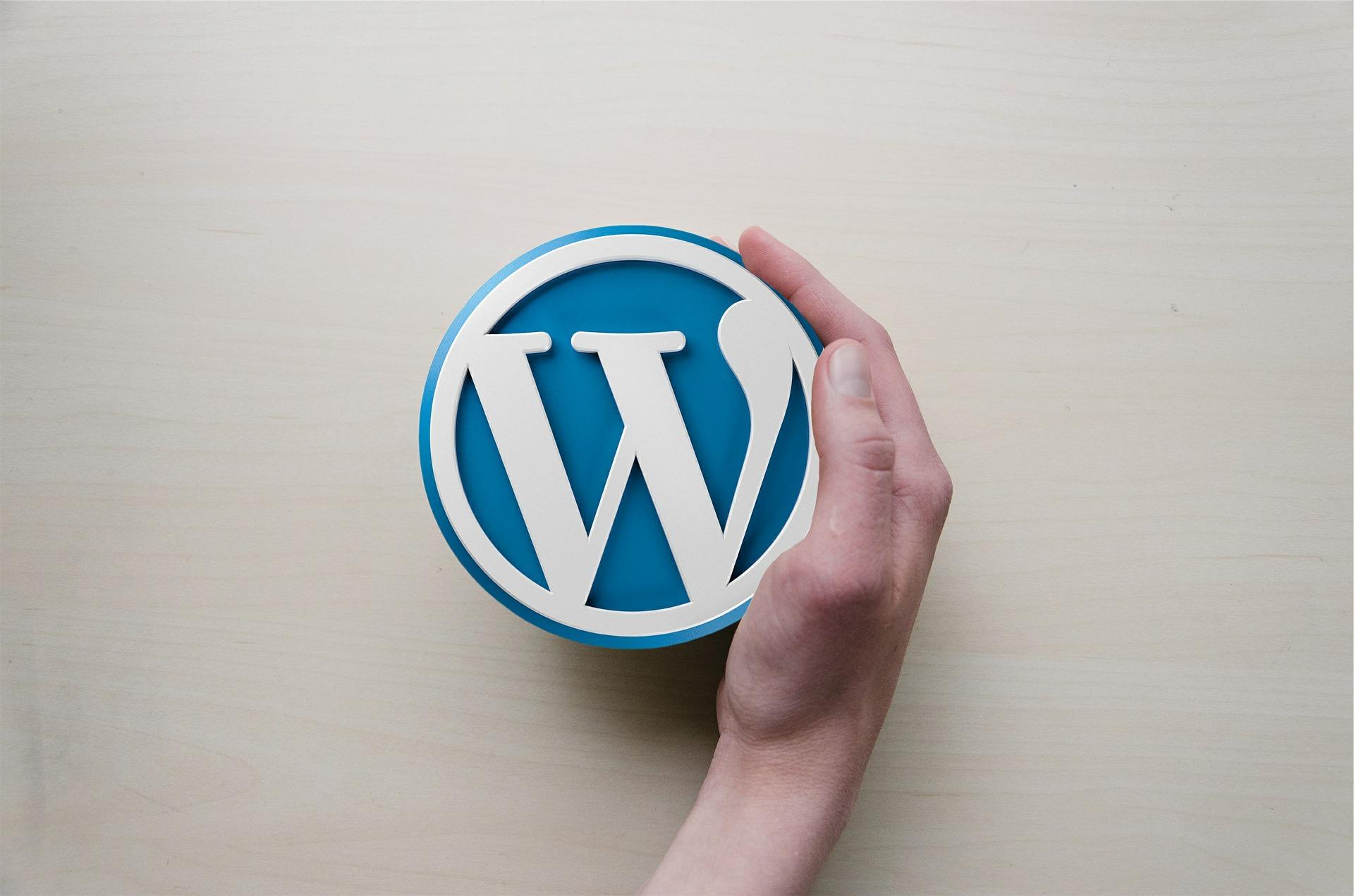
Comparing Ease of Use: wordpress Versus WooCommerce
When it comes to website management, ease of use is often at the top of the list for many users. Both WordPress and WooCommerce bring unique features to the table, but they cater to different needs and skill levels. Understanding the differences in usability between these two platforms can help you make an informed decision about which one suits your goals best.
WordPress is known for its user-friendly interface. It allows anyone, nonetheless of technical expertise, to create and manage a website. With its intuitive dashboard, users can easily navigate through various features and settings. Key highlights include:
- Visual Editor: The block editor (Gutenberg) offers a straightforward way to create content visually.
- Themes and Customization: A wide array of themes and plugins available to customize design and functionality without coding.
- Content Management: Simple tools for managing posts, pages, and media make content updates a breeze.
On the other hand, while WooCommerce is built on top of WordPress, it introduces additional complexity. Designed specifically for e-commerce,it provides an extensive range of features to manage an online store. However, this can also make it slightly more challenging for those unfamiliar with e-commerce concepts. Here are some factors to consider:
- setup Process: Installing WooCommerce requires several steps, from configuring payment gateways to setting up shipping options.
- Product Management: While adding products is straightforward, managing inventory, variations, and categories can be more detailed than standard content creation.
- Reporting and Analytics: WooCommerce provides comprehensive analytics, which may be overwhelming for beginners.
To give you a clearer picture, here’s a simple comparison of usability features:
| Feature | WordPress | WooCommerce |
|---|---|---|
| Setup Time | Speedy and easy | More time-consuming |
| User Interface | Intuitive | Complex due to e-commerce features |
| Customization | Highly customizable | Customizable but requires knowledge of e-commerce |
if you’re looking to create a blog or a simple website, WordPress is likely the better choice due to its ease of use. Though, if your goal is to run an online store with advanced functionalities, be prepared to invest some time in learning the nuances of WooCommerce. Ultimately, the decision hinges on your specific needs and comfort level with technology.
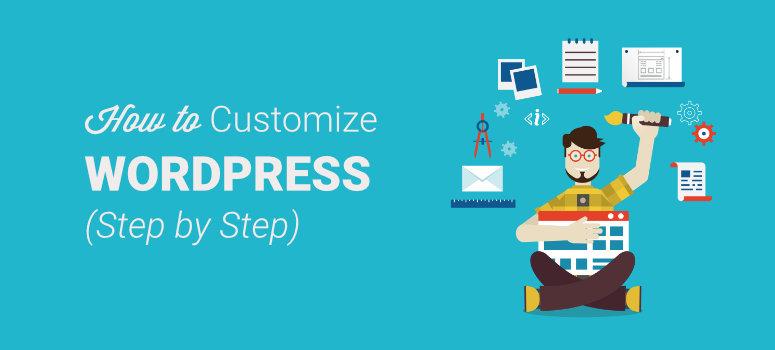
Customization Options: Flexibility in WordPress and WooCommerce
When it comes to customization options,both WordPress and WooCommerce shine in their ability to adapt to user needs. WordPress serves as a robust content management system (CMS) that allows users to tailor their websites according to their unique visions. It offers a plethora of themes and plugins that can modify aesthetics and functionality seamlessly.
With WooCommerce, customization takes on a new dimension specifically tailored for eCommerce. The platform integrates directly with WordPress, allowing users to transform their sites into fully operational online stores. Here are some features that highlight its flexibility:
- Theme Compatibility: Choose from thousands of WordPress themes that are WooCommerce-compatible, ensuring that your store looks amazing.
- plugin Integration: Enhance your store’s functionality with plugins specifically designed for eCommerce. Whether it’s payment gateways or inventory management, there’s a plugin for that.
- Customizable Checkout: Modify the checkout process to suit your business needs, from adding fields to simplifying the user experience.
- Visual Customization: Use page builders like Elementor or WPBakery to design custom layouts without any coding knowledge.
Moreover, WooCommerce allows for deep customization of product pages, which is essential for converting visitors into buyers. Store owners can:
| Product Customization Options | Description |
|---|---|
| Variable Products | Offer different sizes, colors, or styles under one product listing. |
| product Add-Ons | Let customers personalize their purchases with extra features. |
| Custom attributes | Define unique characteristics for each product, enhancing search and usability. |
The flexibility in customization doesn’t stop there. Store owners can also set up shipping options, coupons, and taxes based on their specific requirements. This level of control ensures that businesses can adapt their offerings dynamically, catering to their target audience effectively.
Additionally, woocommerce provides detailed analytics that can be tailored to track specific metrics, giving you insights into customer behavior and sales trends. This allows for ongoing optimization of your site and marketing strategies, making sure that your eCommerce venture is always on the cutting edge.
the synergy between WordPress and WooCommerce empowers users to create a uniquely branded online presence. With endless possibilities for customization, it allows businesses to reflect their identity while meeting their operational needs. The result? A tailored shopping experience that not only attracts customers but also converts them into loyal patrons.
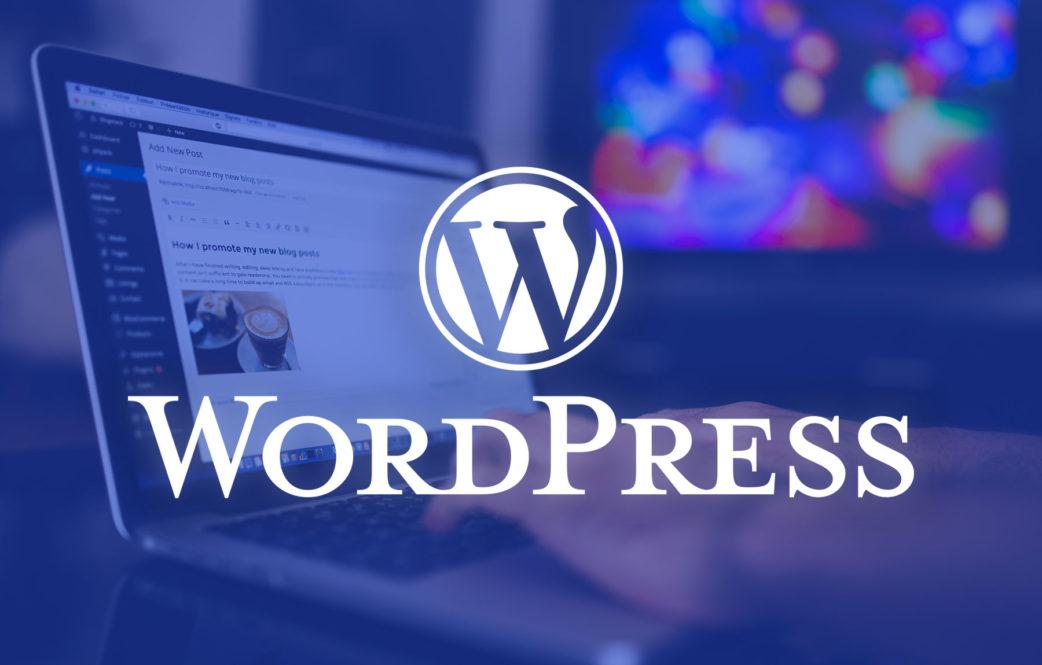
Understanding Cost Differences between WordPress and WooCommerce
When it comes to building an online presence, understanding the cost differences between platforms is crucial. WordPress, a content management system (CMS), and WooCommerce, a plugin for eCommerce, both offer unique features that cater to different needs. While WordPress provides a robust foundation for creating websites, WooCommerce enables you to transform your WordPress site into a fully functional online store.
Hosting Costs: One of the first expenses to consider is hosting. With WordPress,you can choose from a range of hosting plans,depending on your website’s scale and requirements. On average, WordPress hosting can cost anywhere from $3 to $30 per month. Though, when you incorporate WooCommerce, especially for larger stores, you may want to upgrade to more powerful hosting solutions that can handle increased traffic and transactions. This can elevate your monthly costs to $20 to $100 or more.
Plugin and Theme Expenses: WordPress offers a plethora of free themes and plugins,but for a more customized experience,premium options can range from $30 to $200. in the case of WooCommerce, while the plugin itself is free, you may find that essential extensions for payment gateways, shipping methods, and inventory management can accumulate costs. These additional plugins frequently enough range from $50 to $300 each, depending on the features you need.
| Cost Item | wordpress | WooCommerce |
|---|---|---|
| Hosting | $3 – $30/month | $20 – $100+/month |
| Themes | $0 – $200 | $0 – $300+ |
| Extensions/Plugins | $0 – $50 | $50 - $300+ each |
Maintenance and Updates: Regular maintenance is essential for both platforms, and costs may vary based on your approach. With wordpress, you might spend around $100 to $500 annually for maintenance, which includes updates and backups. WooCommerce requires additional attention, especially concerning inventory and transaction security. This could push your annual maintenance costs to around $200 to $700, depending on your store’s scale and the complexity of your operations.
Overall Value: While WordPress and WooCommerce may seem like a significant investment, the potential return on investment (ROI) can be substantial. A well-optimized WooCommerce store can generate revenue that far exceeds the initial setup and maintenance costs. The key is to align your spending with your business goals, ensuring that each dollar spent enhances your store’s performance and user experience.
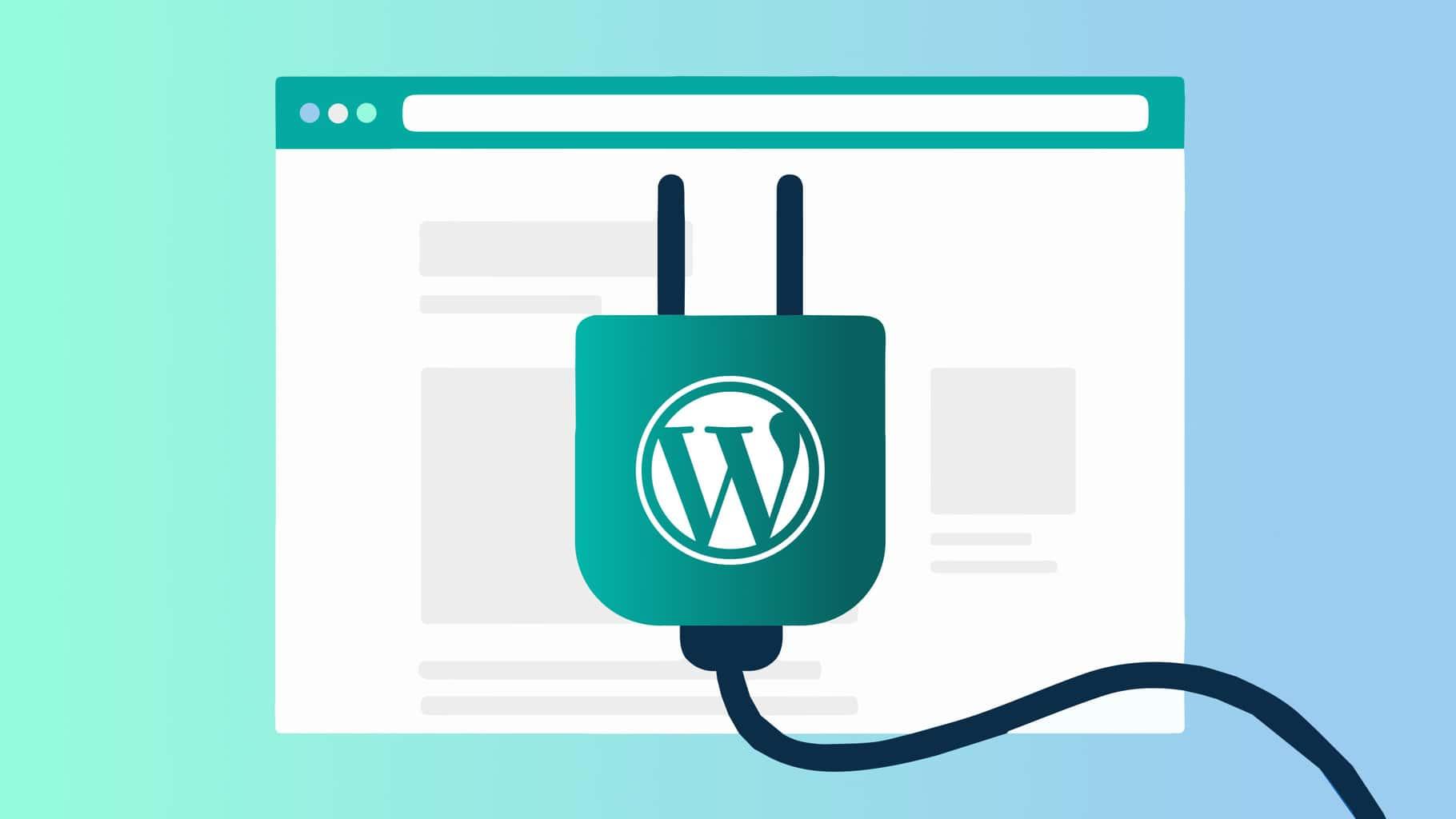
The Importance of Plugins in Both Platforms
When it comes to enhancing the functionality of your website, plugins play a pivotal role in both WordPress and WooCommerce. They serve as the backbone of your site’s capabilities, allowing you to easily integrate features that cater to your specific needs. Without plugins, both platforms would be limited in what they can offer, stifling creativity and innovation.
For WordPress users, plugins can:
- Add SEO optimization tools to improve search engine rankings.
- Integrate social media sharing features to boost engagement.
- Enhance site security with robust protection measures.
- improve site speed through caching solutions.
On the other hand, woocommerce, while built on WordPress, requires a specialized set of plugins to truly thrive as an eCommerce platform. These plugins allow businesses to tailor their online stores to meet their customer’s needs. Some essential WooCommerce plugins include:
- Payment gateways for secure transactions.
- Inventory management tools for effective stock control.
- Shipping calculators to provide accurate delivery costs.
- Analytics tools for tracking sales and customer behavior.
The beauty of both platforms lies in their extensibility. Users can pick and choose from thousands of available plugins, creating a highly personalized experience. To illustrate this point, consider the following table comparing general WordPress plugins with specific WooCommerce plugins:
| Plugin Type | Examples | Purpose |
|---|---|---|
| WordPress | Yoast SEO, Jetpack | Enhancing site performance and visibility |
| WooCommerce | WooCommerce PDF Invoices, WooCommerce Subscriptions | Streamlining eCommerce operations |
Furthermore, the ease of installation and customization of plugins means that even those with limited technical skills can enhance their websites effectively. Whether you’re a blogger, a business owner, or a developer, the right combination of plugins can transform a basic site into a feature-rich platform that meets your unique goals.
the importance of plugins cannot be overstated in either WordPress or WooCommerce. They not only provide essential functionalities but also empower users to innovate and adapt their websites to an ever-changing digital landscape. Embracing the vast array of available plugins is key to unlocking the full potential of both platforms,ensuring your site remains competitive and relevant.
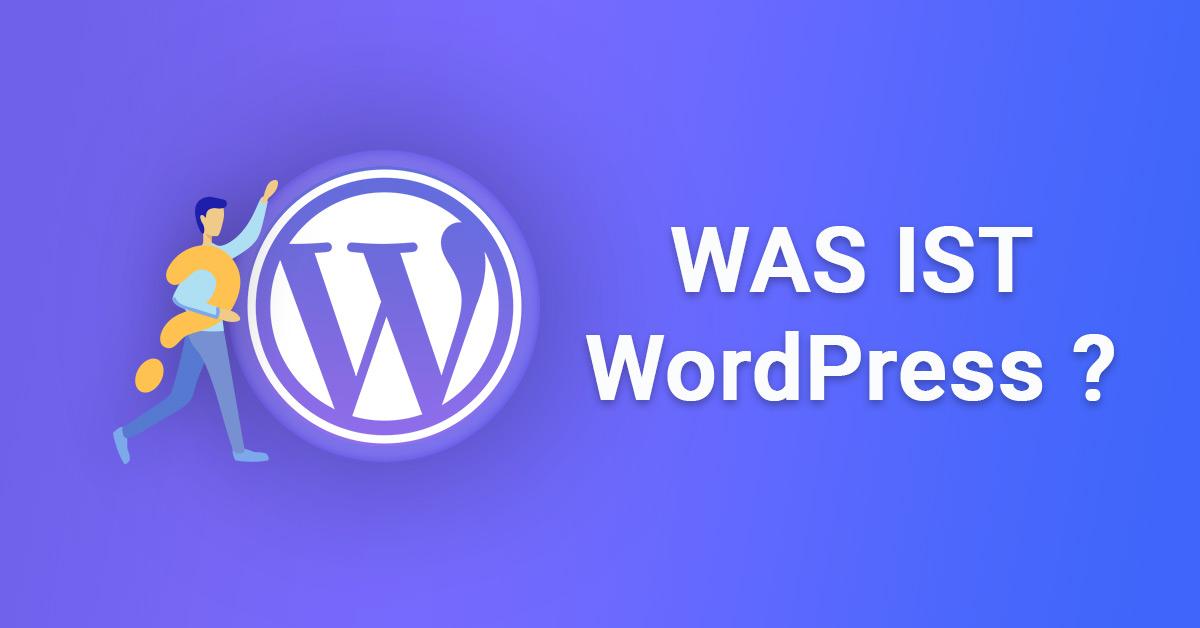
Security Considerations for Your WordPress and WooCommerce sites
When it comes to safeguarding your WordPress and WooCommerce sites, understanding the potential vulnerabilities is crucial. Both platforms are incredibly powerful, but they also attract cybercriminals due to their popularity.Here are some essential security measures to consider:
- Keep Everything Updated: Regularly update your wordpress core, themes, and plugins.Vulnerabilities are often patched in new releases, so staying updated is your first line of defense.
- Use Strong Passwords: Ensure that all user accounts, especially admin and e-commerce accounts, utilize strong, unique passwords. Consider a password manager to help generate and store them securely.
- Implement Two-Factor Authentication (2FA): Adding an extra layer of security is a smart move. 2FA can significantly reduce the risk of unauthorized access.
- Regular Backups: Schedule regular backups of your site. This ensures that, in case of a security breach, you can quickly restore your site to its previous state.
- Limit Login Attempts: Protect your login page from brute force attacks by limiting the number of login attempts. This can be easily achieved with various security plugins.
Along with these preventive measures, monitoring your site for unusual activities can definitely help catch potential issues early. Here are some strategies to implement:
- Use Security plugins: Invest in reputable security plugins that offer malware scanning, firewall protection, and login monitoring.
- Implement an SSL Certificate: Secure your site with HTTPS. an SSL certificate not only protects your site but also boosts your SEO ranking.
- Monitor User Roles: Regularly audit user roles and permissions. Remove access for users who no longer need it to minimize risk.
To help visualize your security strategy,consider the following table that outlines key actions and their importance:
| Action | Importance |
|---|---|
| Update Plugins/Themes | Critical for patching vulnerabilities |
| Strong Passwords | Helps prevent unauthorized access |
| Two-Factor Authentication | Adds an extra layer of security |
| Regular Backups | Essential for recovery after an attack |
| SSL Certificate | Protects data and enhances trust |
By implementing these security measures,you can significantly reduce the risk of cyber threats to your WordPress and WooCommerce sites. Remember, the key to a secure website lies in proactive management and constant vigilance.

Making the Right Choice for Your Online Presence
When it comes to establishing an online presence, understanding the tools at your disposal is essential. Two of the most popular platforms are WordPress and WooCommerce. While they frequently enough seem interchangeable, particularly as WooCommerce is a plugin for WordPress, each serves distinct purposes that can significantly impact your online strategy.
WordPress is primarily a content management system (CMS) designed for creating and managing websites. It provides a user-friendly interface and a plethora of themes and plugins to help tailor your site to your specific needs. Here are some of the features that make WordPress a fantastic choice:
- Ease of Use: You don’t need to be a tech whiz to navigate WordPress.
- SEO-Friendly: Plugins like Yoast SEO make optimizing your content straightforward.
- Versatility: From blogs to business sites, WordPress can handle it all.
In contrast,woocommerce transforms a standard WordPress site into a fully functional online store. This powerful plugin caters specifically to eCommerce needs, allowing businesses to sell products and services seamlessly. Here’s why you might consider WooCommerce:
- Robust Features: Supports physical and digital products, complex inventories, and shipping options.
- Payment Integrations: Easily connects with various payment gateways.
- Customization: Extensive themes and add-ons tailor your eCommerce experience.
To further clarify the distinctions, here’s a quick comparison:
| Feature | WordPress | WooCommerce |
|---|---|---|
| Purpose | Website creation and management | ECommerce platform for selling products |
| Complexity | Simple and easy to use | Requires setup and configuration |
| Cost | Free, with optional premium themes/plugins | Free plugin, but with potential costs for extensions |
Choosing between WordPress and WooCommerce ultimately comes down to your specific needs.If you are looking to share information,build a blog,or create a business website,WordPress is your go-to option. However, if your primary goal is to sell products online, then WooCommerce is the way to go. Think about your goals, your audience, and the kind of content you wish to deliver. Making the right choice will not only enhance your online presence but also ensure that your platform grows alongside your ambitions.
Frequently Asked Questions (FAQ)
Q: What exactly is WordPress?
A: WordPress is a powerful content management system (CMS) that allows you to create and manage websites easily. It’s like the canvas for your online presence, offering a vast array of themes and plugins to customize your site without needing to write code. Whether you want to build a blog, portfolio, or business website, WordPress provides the tools you need to get started.
Q: And what about WooCommerce? I’ve heard a lot about it lately.
A: Great question! WooCommerce is an open-source plugin designed specifically for WordPress that transforms your site into a fully functional online store. Think of it as the eCommerce engine that powers your WordPress site, allowing you to sell products and services seamlessly. With WooCommerce, you can manage inventory, process payments, and even handle shipping—all from the comfort of your WordPress dashboard.
Q: So, are wordpress and WooCommerce the same thing?
A: Not at all! While they work beautifully together, they serve different purposes. WordPress is your website’s foundation, while WooCommerce is like the storefront built on top of that foundation. If you want to create a blog or a business site without eCommerce features, you don’t need WooCommerce. But if you’re looking to sell online, woocommerce is essential!
Q: Can I use WooCommerce without WordPress?
A: Nope! WooCommerce is a plugin specifically designed for WordPress, so it relies on the WordPress platform to function. If you’re considering starting an online store, you’ll need to set up a WordPress site first and then install the WooCommerce plugin. It’s a match made in eCommerce heaven!
Q: Is it difficult to set up woocommerce on a WordPress site?
A: Not at all! WooCommerce is designed to be user-friendly, even for those who are new to web design. Once you have WordPress installed, adding WooCommerce is as simple as installing any other plugin. The setup wizard guides you through the process, making it easy to add products, set up payment options, and customize your store.
Q: What are some features of WooCommerce that I should know about?
A: WooCommerce is packed with features! You’ll get tools for managing inventory, setting up different payment methods (like credit cards and PayPal), handling taxes, and offering shipping options. Plus, it supports various product types, such as physical goods, digital downloads, and even subscriptions. You can also extend its functionality with a plethora of plugins designed for specific needs.
Q: Is it expensive to use WooCommerce with WordPress?
A: The core WooCommerce plugin is free,which is fantastic! however,depending on your needs,you might want to invest in premium themes or plugins to enhance your store’s functionality. If you’re looking for specialized features, you could end up spending a bit, but many excellent free options are available to get you started without breaking the bank!
Q: Can I use WooCommerce for a small business, or is it only for larger stores?
A: Absolutely! WooCommerce is incredibly versatile, making it suitable for small businesses and also larger eCommerce sites. Whether you’re selling handmade crafts, digital products, or even offering services, WooCommerce can adapt to fit your needs. Many small business owners love it as it’s scalable—you can start small and grow as your business expands.
Q: should I choose WordPress or WooCommerce?
A: It’s not an either/or situation! If you’re looking to create a website with eCommerce features, you’ll want to choose WordPress as your foundation and WooCommerce as your eCommerce solution. together, they provide a robust, flexible platform that can help you launch and grow your online business successfully. so,why wait? Start building your dream online store today!
The Conclusion
understanding the distinction between WordPress and WooCommerce is crucial for anyone looking to establish a robust online presence. While WordPress serves as an excellent foundation for any website, WooCommerce takes it a step further, empowering you to transform your site into a fully functional eCommerce platform. With WooCommerce, you gain access to a plethora of features tailored specifically for selling products, managing inventory, and enhancing customer experiences.
Whether you’re a small business owner eager to start selling online or a seasoned entrepreneur looking to optimize your eCommerce strategy, the combination of WordPress and WooCommerce offers the flexibility and functionality you need. So, why not take the leap? Dive into the world of WordPress and WooCommerce, and watch your online business flourish. If you have any questions or need guidance, don’t hesitate to reach out. Your online success story is just a few clicks away!


